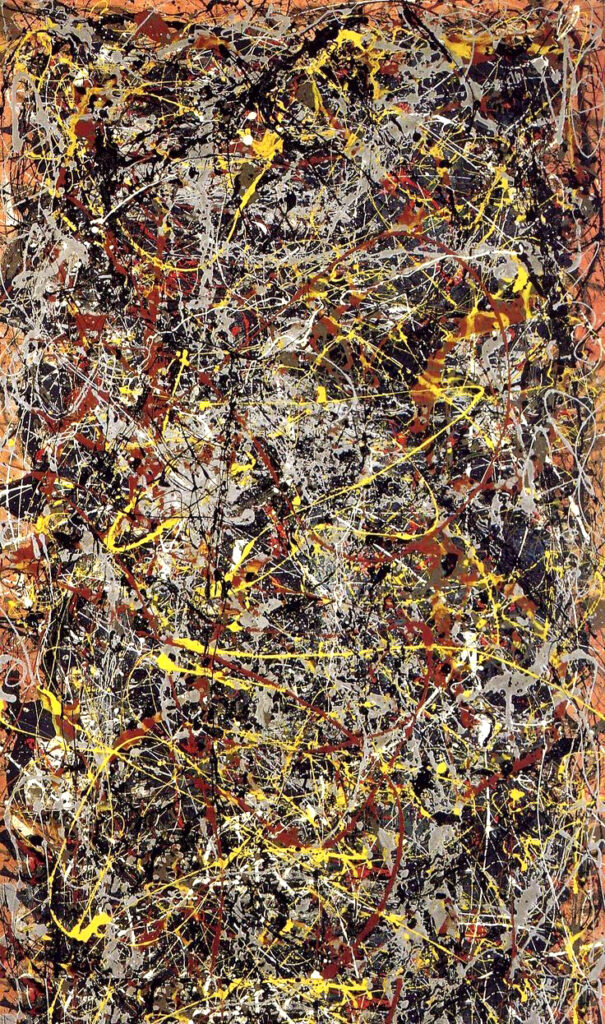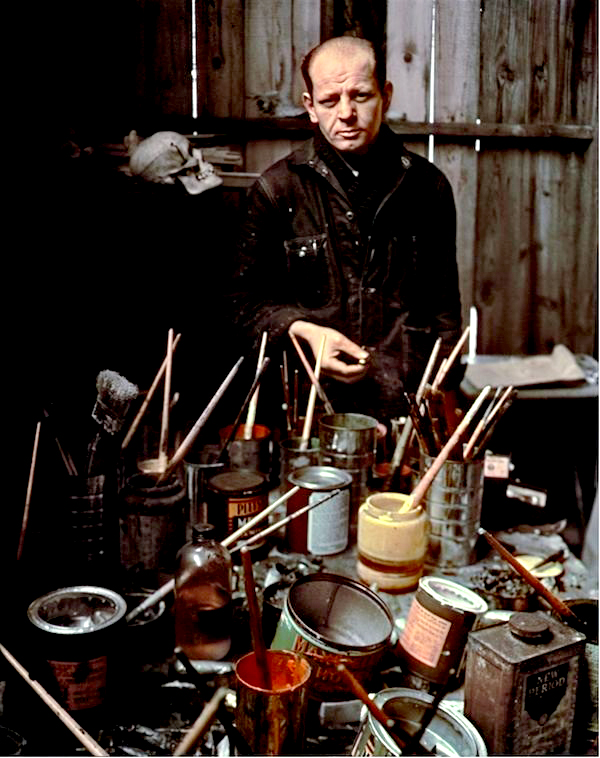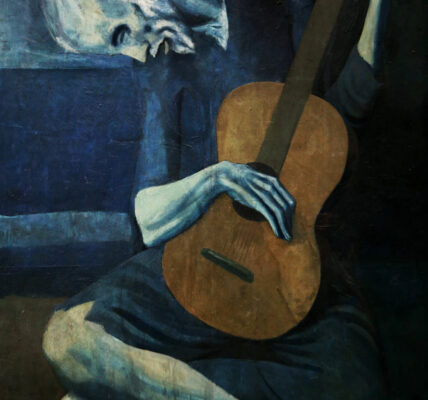Jackson Pollock: The Drip Master of Abstract Expressionism
Jackson Pollock, born in 1912 in Cody, Wyoming, is a central figure in American Abstract Expressionism. Known for his unique drip painting technique, Pollock revolutionized the art world with his radical approach to composition and form. His most famous works, including “No. 5, 1948,” “Blue Poles,” and “Autumn Rhythm (Number 30),” showcase his innovative use of movement and abstraction.
Pollock’s rise to fame began in the late 1940s when he developed his signature drip technique, pouring and splattering paint onto large canvases laid flat on the ground. This method allowed him to engage with his work physically, creating a dynamic interplay of lines, colors, and textures. His breakthrough came with a 1949 Life magazine article that asked, “Is he the greatest living painter in the United States?” This publicity propelled him to national and international fame.

Despite his success, Pollock’s personal life was marked by turbulence. He struggled with alcoholism and had a volatile relationship with his wife, fellow artist Lee Krasner. Their relationship, though fraught with challenges, was also a source of mutual artistic influence and support. Pollock’s battle with addiction and his erratic behavior often overshadowed his artistic achievements, leading to a life of emotional and psychological instability.
Pollock’s work was not without controversy. Critics were divided, with some praising his originality and others dismissing his paintings as chaotic and lacking in skill. Nonetheless, his approach redefined the boundaries of art, emphasizing the process of creation over the final product.


Tragically, Pollock’s life was cut short in 1956 when he died in a car crash at the age of 44. Despite his untimely death, his influence on the art world endures. Pollock’s work paved the way for future generations of abstract artists, and his paintings continue to command high prices at auctions. The Pollock-Krasner House and Study Center in East Hampton, New York, preserves his legacy, providing insight into his life and artistic process.






